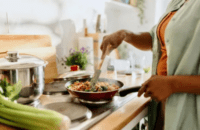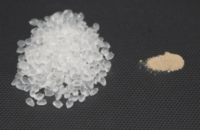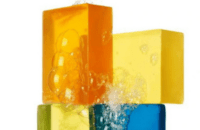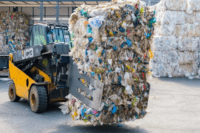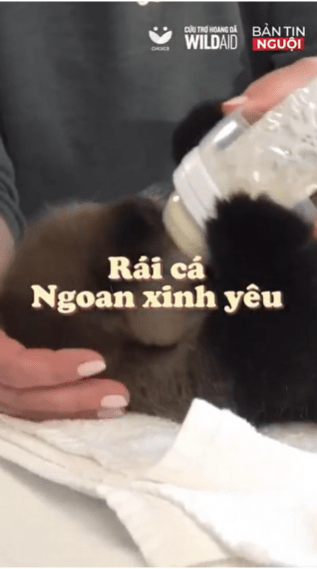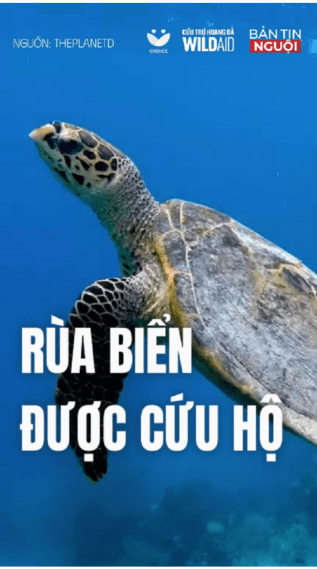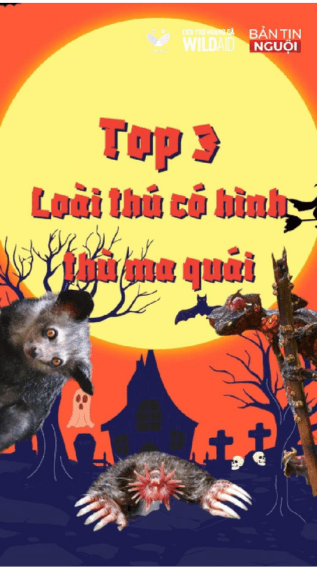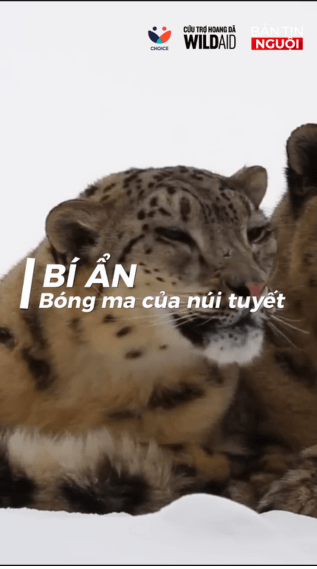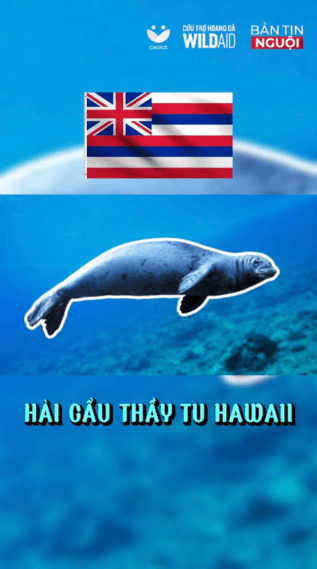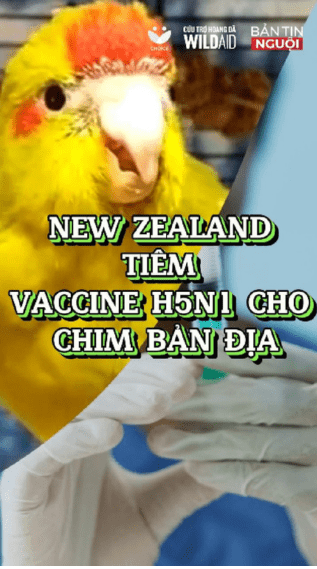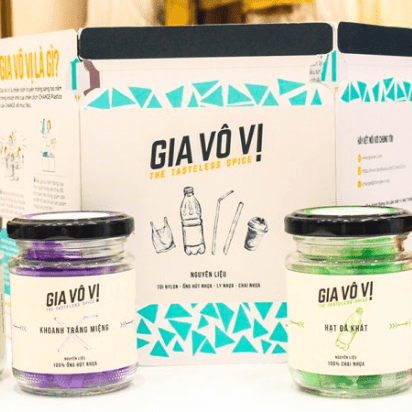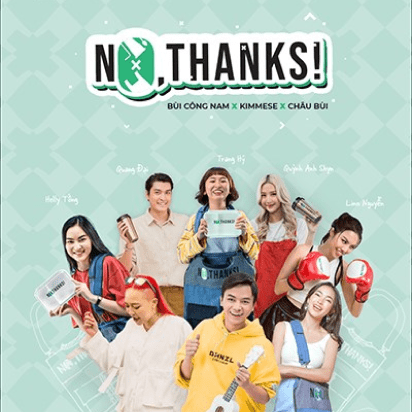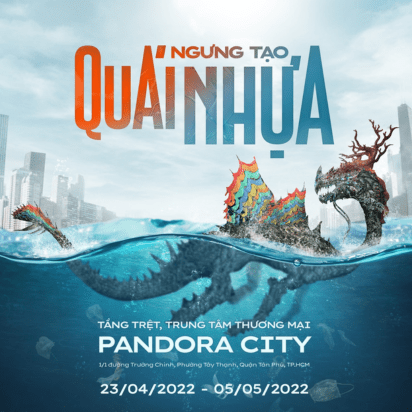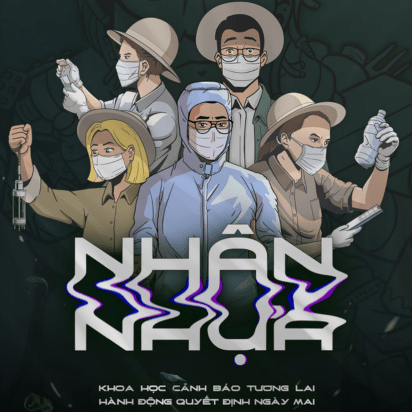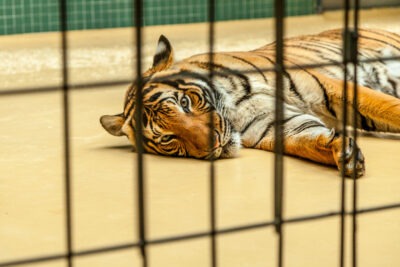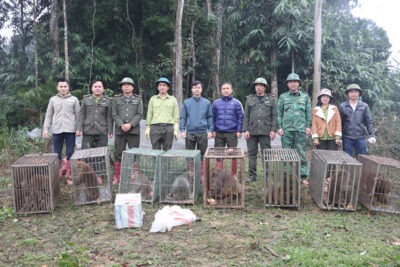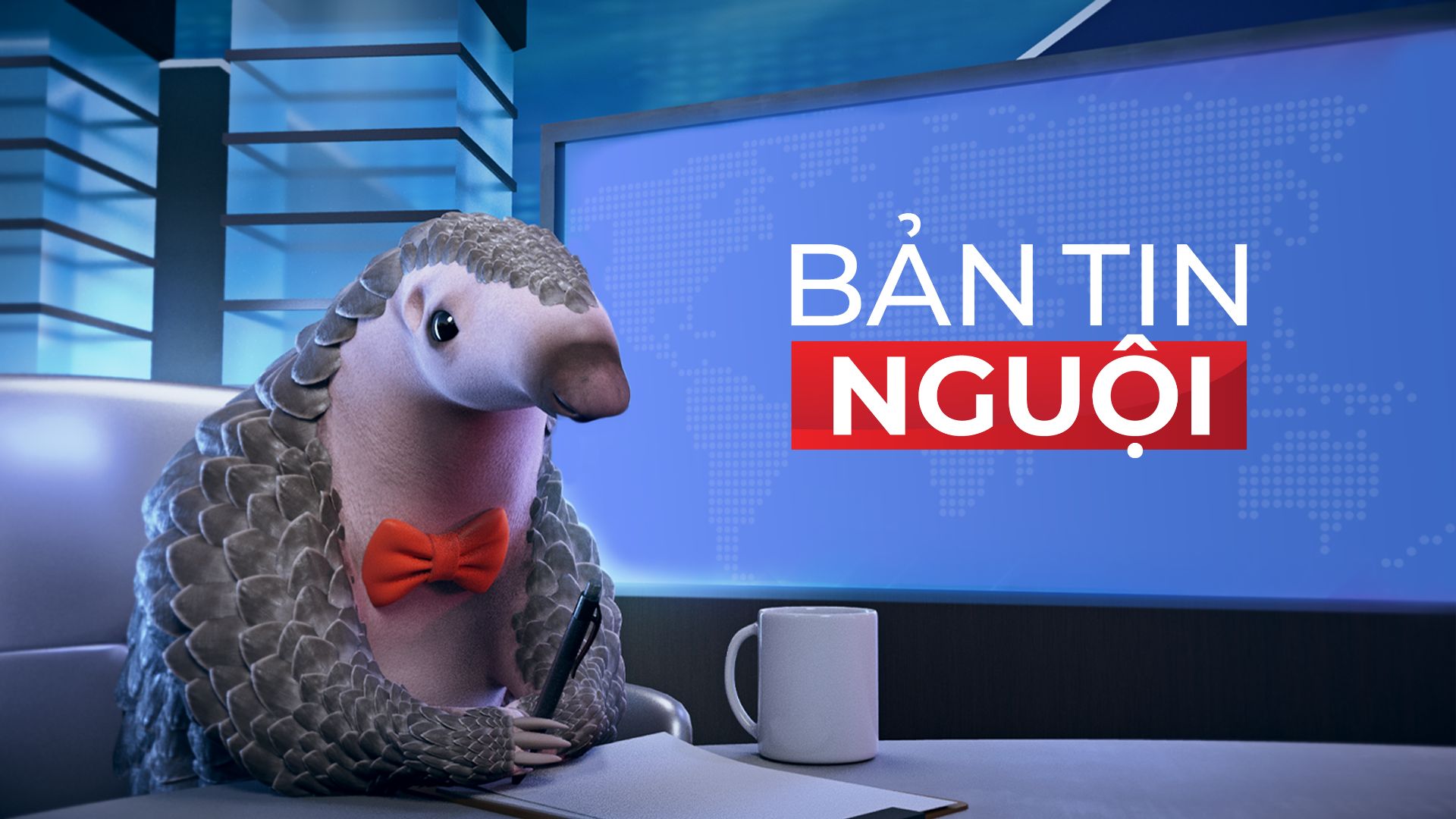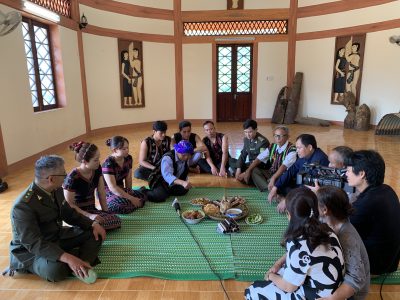Refusing or reducing
the use of single-use plastics
not only protects the environment and ecosystems but also safeguards our health and future. Let’s sign a pledge to refuse single-use plastics and build a greener, more sustainable planet!
If you have any creative ideas or solutions to reduce plastic waste, please share them with us at: coms@choicevn.com
Pledge nowMission
Change the perception, behavior, and demand for single-use plastics in Vietnam through creative communication campaigns, the support of highly influential people, and the promotion of practical solutions to reduce plastic waste.
Vision
For a future free from plastic pollution, where nature and people are no longer harmed by microplastics, marine plastic pollution, and plastic contamination in soil and water.
Plastic pollution status
In Vietnam
 1,8 million
tons of plastic
waste are generated each year in Vietnam.
(Bộ Tài nguyên và Môi trường)
1,8 million
tons of plastic
waste are generated each year in Vietnam.
(Bộ Tài nguyên và Môi trường) 30
billion
plastic bags
are used every year and more than 80% of them are thrown away after being used once.
(VTV)
30
billion
plastic bags
are used every year and more than 80% of them are thrown away after being used once.
(VTV) 6%
of the total amount of plastic
waste discharged into the world's oceans comes from Vietnam.
(UNEP, 2018)
6%
of the total amount of plastic
waste discharged into the world's oceans comes from Vietnam.
(UNEP, 2018) 90%
of plastic waste
is processed by burying, filling, and burning and only the remaining 10% is recycled.
(Bộ tài nguyên và Môi trường)
90%
of plastic waste
is processed by burying, filling, and burning and only the remaining 10% is recycled.
(Bộ tài nguyên và Môi trường)
Globally
460 million tons
of plastic are produced each year worldwide.
(UNEP, 2021)
~20 million tons
of macro-plastics (pieces larger than 0.5 mm) that leak into the environment each year originate from single-use plastic products.
(IUCN, 2019)
19 – 23 million tons
of plastic waste are discharged into rivers, lakes, and oceans each year globally.
(UNEP)
400 years
is the number it takes for plastic to decompose.
(National Geographic)
Harmful effects of plastic waste on life
5-284 g/kg
is the amount of BPA in microplastics (plastic hardeners) that can seep into food, change liver function, and insulin resistance, and affect the fetus, reproductive system and brain function.
(Sức khỏe & Đời sống)
5 gram
is the average amount of plastic a person puts into their body each week, equivalent to a credit card.
(WWF)
50.000 microplastic particles
are the minimum amount that each person will consume in a year.
(Báo ANTV, 2024)
0,05-10 mg/l
are concentrations of microplastics that can cause oxidative stress, leading to an imbalance between free radicals and antioxidants, causing inflammation and affecting brain cells and epithelial cells.
(Bệnh viện Y dược Huế)
3/4 of milk samples
from 34 healthy mothers were found to contain 1 – 5 microplastic particles.
(Đại học Bách khoa Marche, Ý)
270 species
have been recorded to be injured by plastic entanglements and more than 240 species have ingested plastic.
(WWF, 2019)
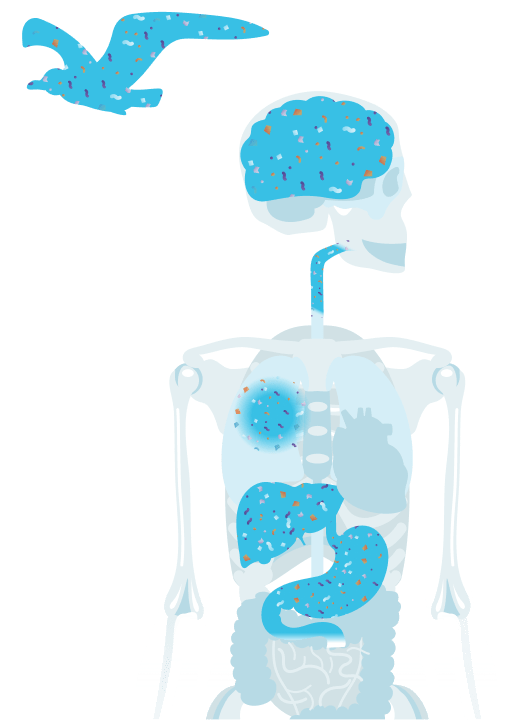
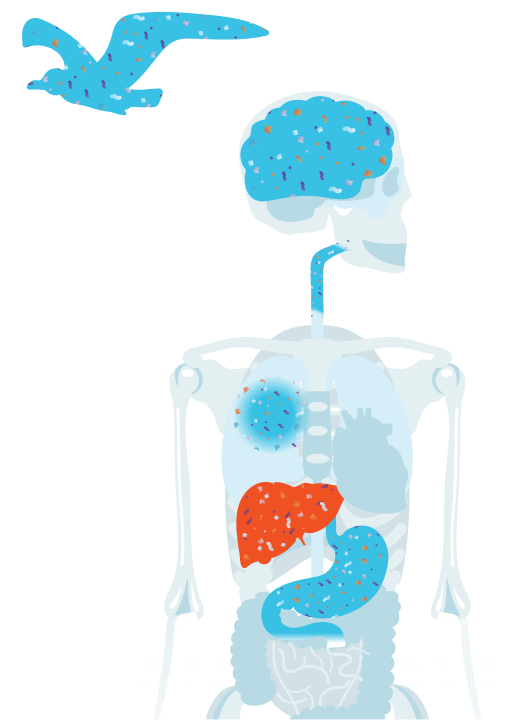
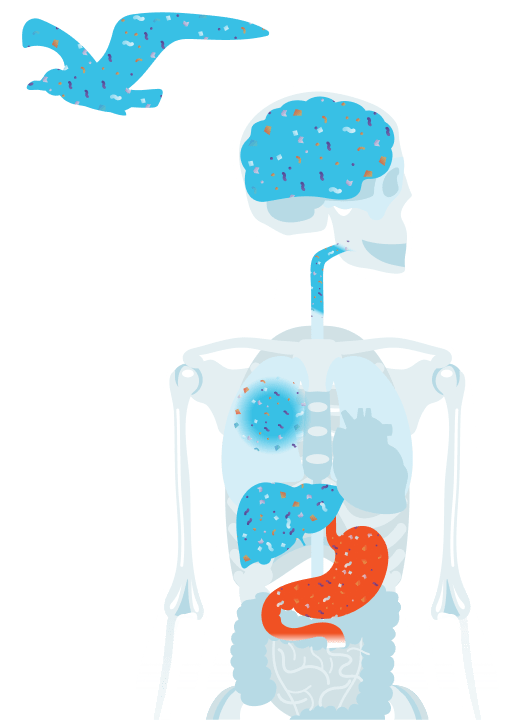
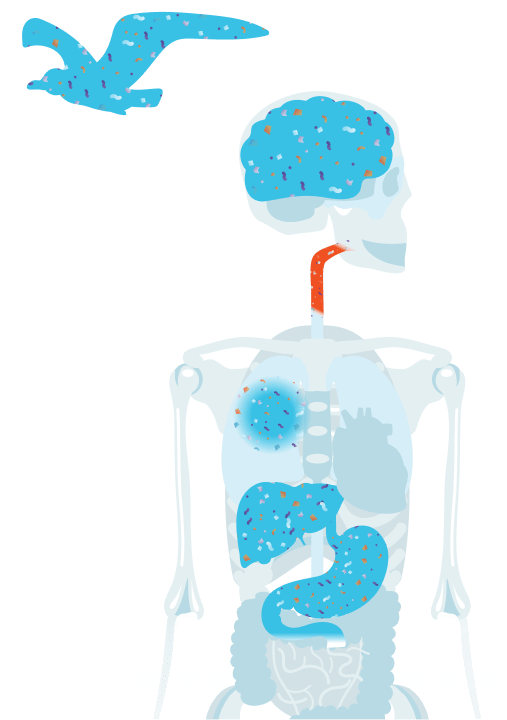
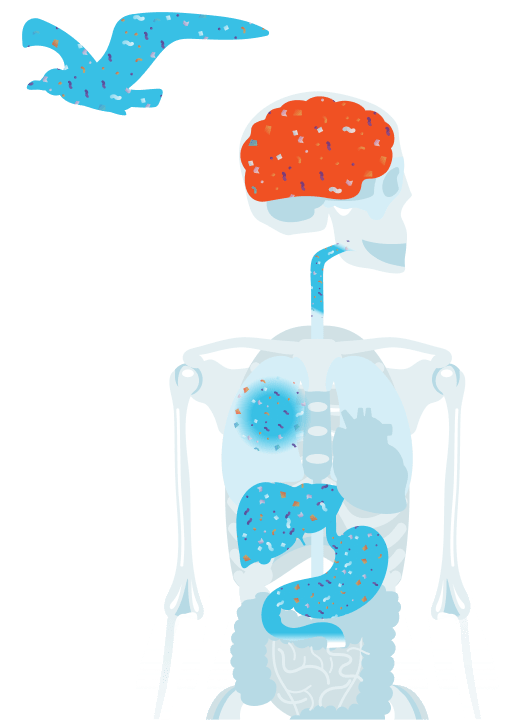
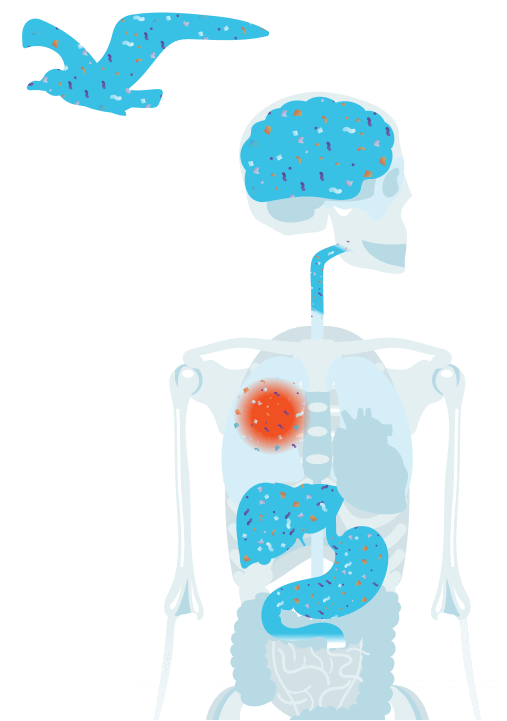
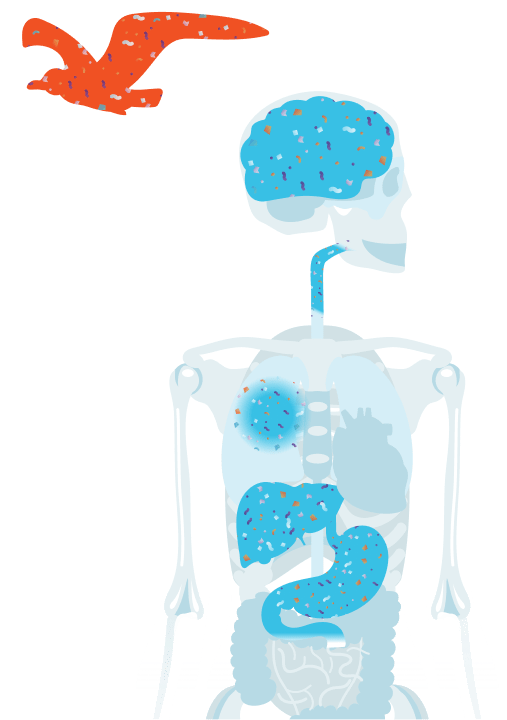
It's time to speak up
According to the Central Propaganda Department, “Environmental pollution is one of the most pressing issues today, threatening biodiversity, causing climate change, and leading to many other consequences that humans must bear. Solid waste and plastic waste have become challenging problems that many countries, including Vietnam, are facing”.
Hành động quyết liệt để giảm rác thải nhựa tại các đô thị, (Báo điện tử Đảng Cộng Sản Việt Nam)
According to the 2022 plastic waste report, the total amount of plastic waste generated was 2.9 million tons (including 1.6 million tons in urban areas and 1.3 million tons in rural areas), with an annual growth rate of about 5%. The total amount of plastic waste collected was 2.4 million tons (1.55 million tons in urban areas and 0.85 million tons in rural areas). However, only 0.9 million tons of plastic waste was sorted for recycling, and 0.77 million tons were recycled. 0.42 million tons of plastic waste was lost to the environment.
Việt Nam nỗ lực giảm thiểu rác thải nhựa, (Bộ Tài nguyên và Môi trường)
Currently, Vietnam has a high rate of marine plastic waste, coupled with water pollution. It is estimated that Vietnam will lose 3.5% of its Gross Domestic Product (GDP) by 2035. Additionally, climate change and natural disasters are projected to impact 11% of Vietnam’s GDP by 2030.
Rác thải nhựa đại dương những con số đáng báo động, (Môi trường & Cuộc sống)
“The top 10 types of plastic waste found in rivers and coastal areas of Vietnam are soft plastic pieces, fishing gear 1, fishing gear 2, plastic bags 0-5 kg, styrofoam food containers, straws, other food packaging, other plastics, hard plastic pieces, and snack packaging.”
Việt Nam thải 0,28 - 0,73 triệu tấn rác thải nhựa ra đại dương hằng năm, (Nông nghiệp Việt Nam)
“Since opening my restaurant, I’ve been using about 100 styrofoam containers, plastic bags, and plastic spoons every day. That’s not to mention the plastic cups for customers’ one-time use. In general, my restaurant, like other tea shops and snack bars, mostly uses plastic products. This is because they are cheaper and more convenient than products made from other materials.”
TP.Hồ Chí Minh: Cảnh báo mối nguy hại từ rác thải nhựa, (Công an Thành phố Hồ Chí Minh)
The Department of International Cooperation, Ministry of Natural Resources and Environment stated: “Currently, single-use plastic products are being overused in daily life, and consumer behavior is difficult to change immediately. This is because plastic is a lightweight, affordable, easy-to-use, durable, and versatile material. Therefore, with the current usage of plastic, the amount of waste will continue to increase and there is a risk of leakage into the environment, especially for low-value plastics that are less collected and recycled.”
NPAP Việt Nam: Nhiều nỗ lực góp phần giải quyết ô nhiễm nhựa, (Tài nguyên & Môi trường)
Today, plastic has infiltrated every corner of our lives.
From food packaging, bottles, and household items to industrial products. The convenience that plastic brings has made us almost dependent on it, creating a difficult-to-resist “addiction”. Are we being unconsciously swept away by the plastic vortex and unable to refuse it?
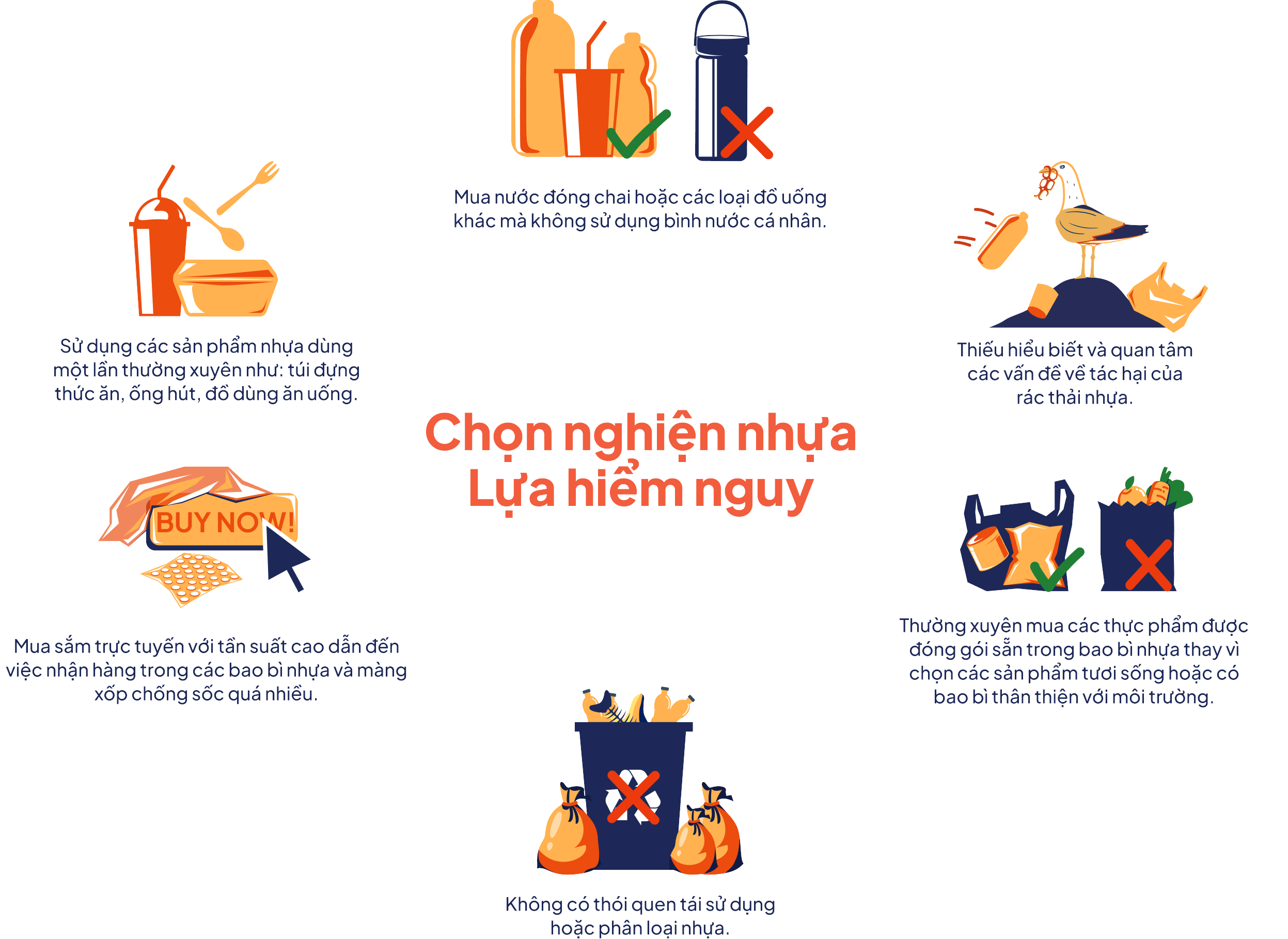

Event
West Atrium,
Aeon Tan Phu Shopping Mall
15/11 – 17/11/2024
Have you ever wondered if you might be a “plastic addict”? Well, the “Plastic Rehab Camp” event is for you! Held at the West Atrium, Ground Floor of Aeon Tan Phu Shopping Mall, the “Plastic Rehab Camp” exhibition brings you a variety of interesting experiences through activities such as: exploring information about plastic pollution, taking a quiz to assess your level of plastic addiction, etc. In addition, you can participate in games at each station corresponding to meaningful messages: Refuse, Reduce, Reuse – Repurpose, Recycle along with countless attractive gifts waiting for you at the event.
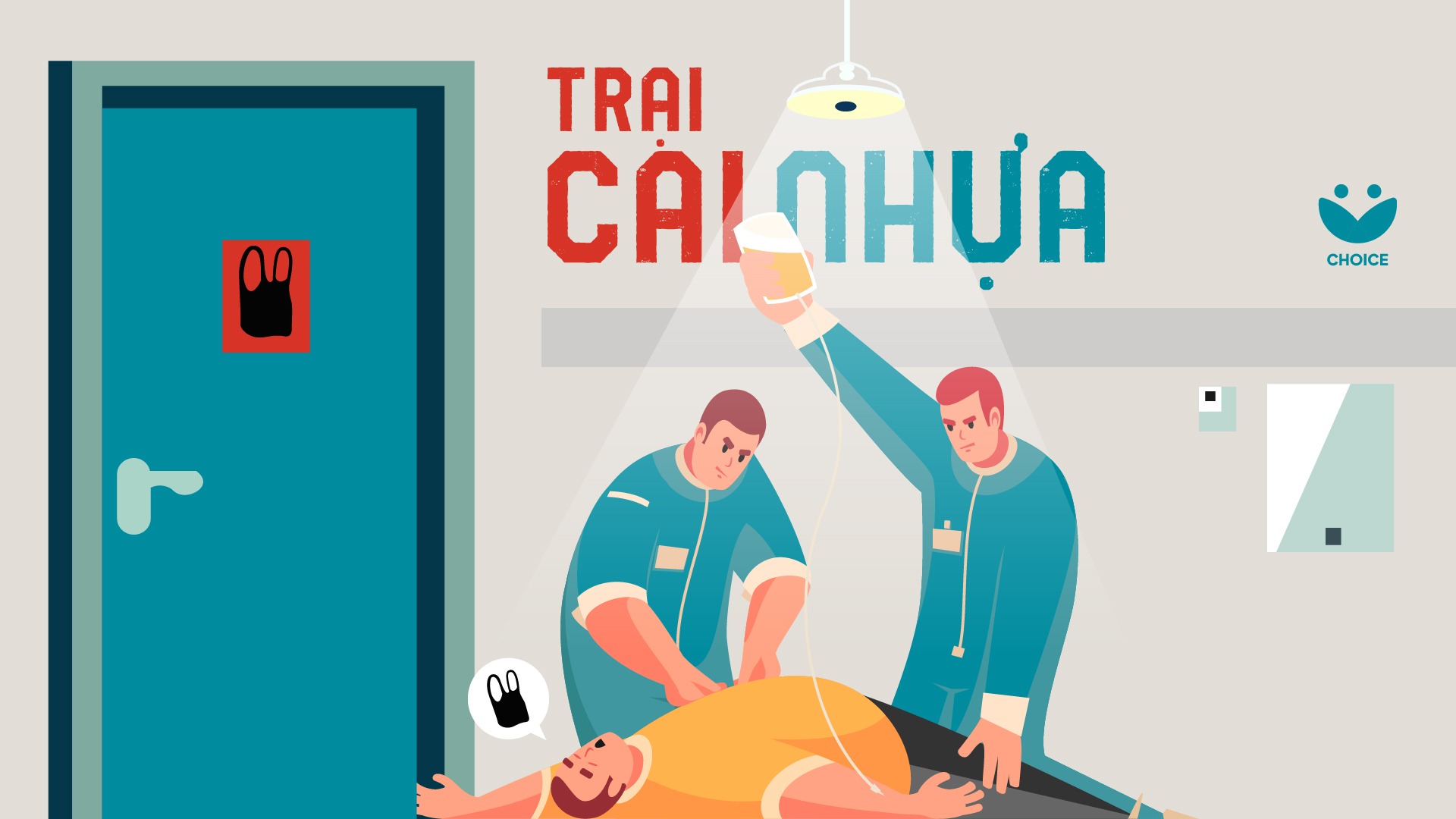
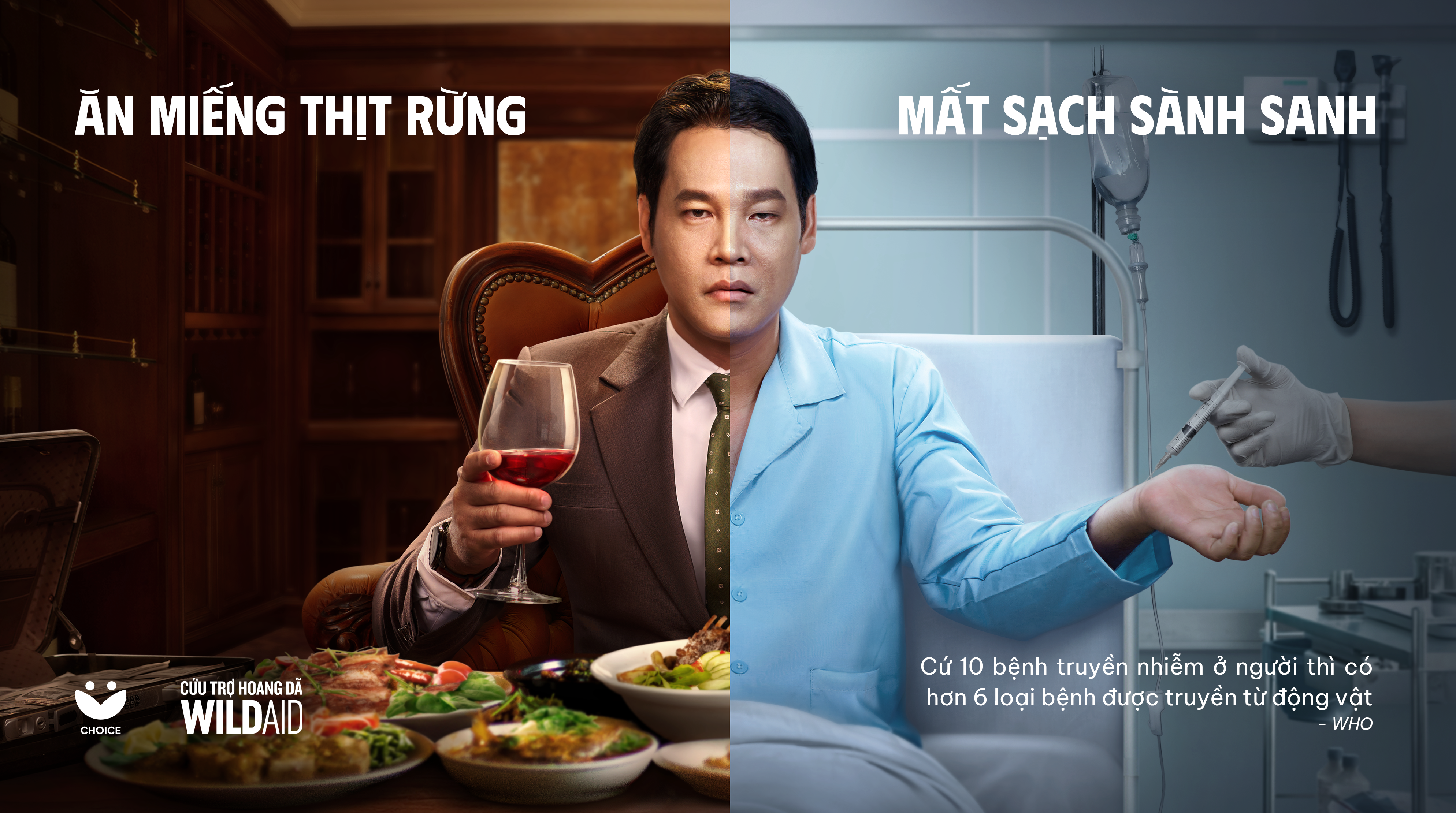
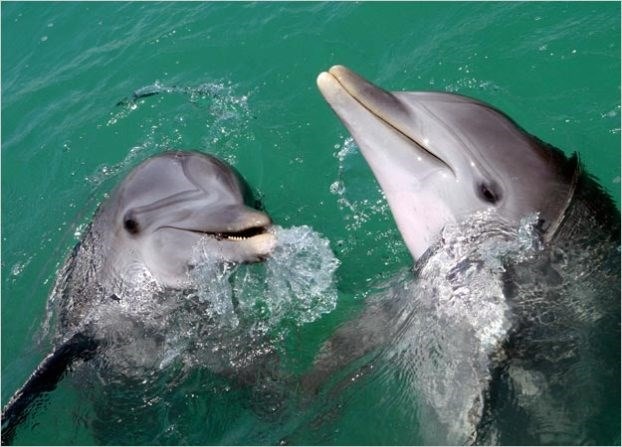
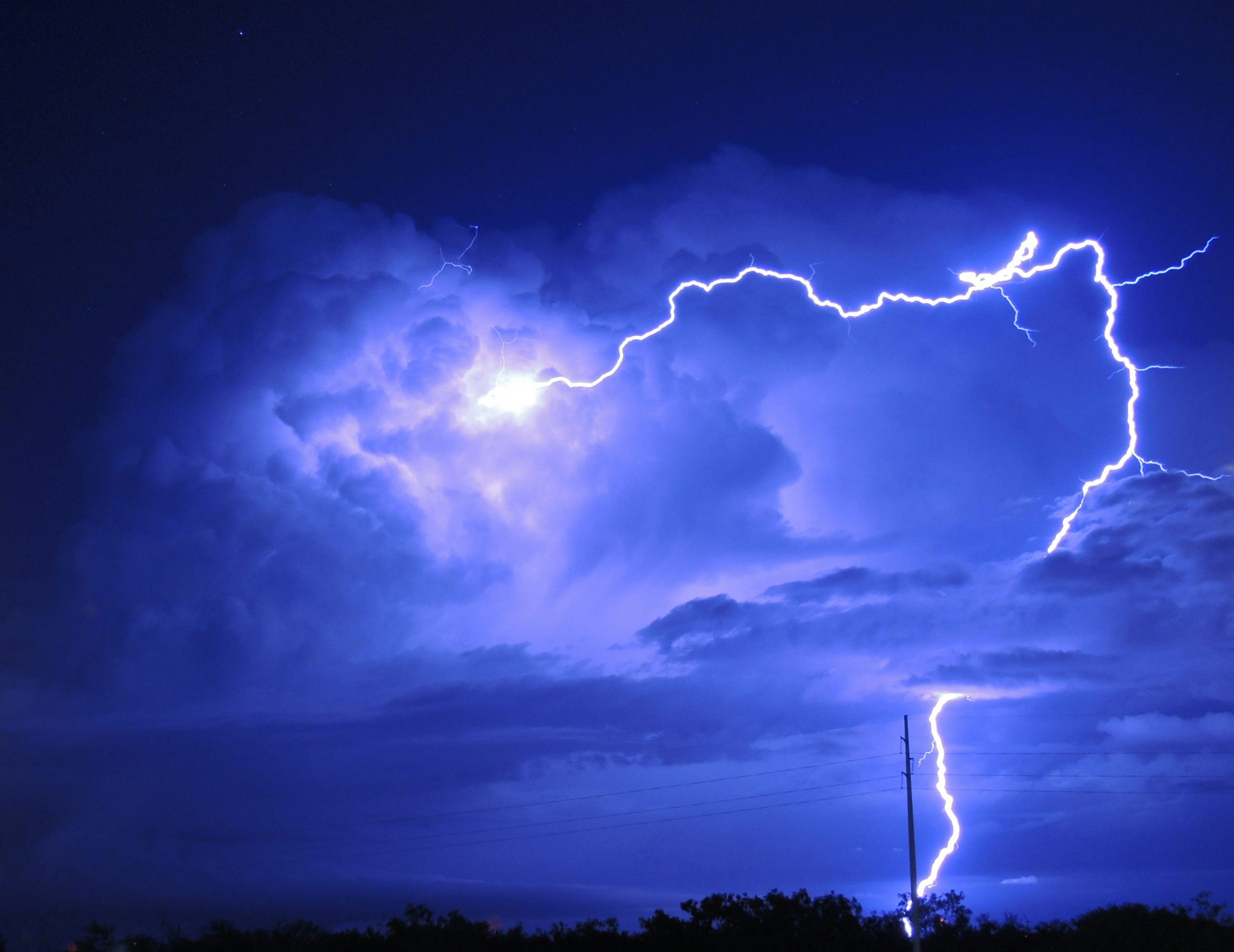
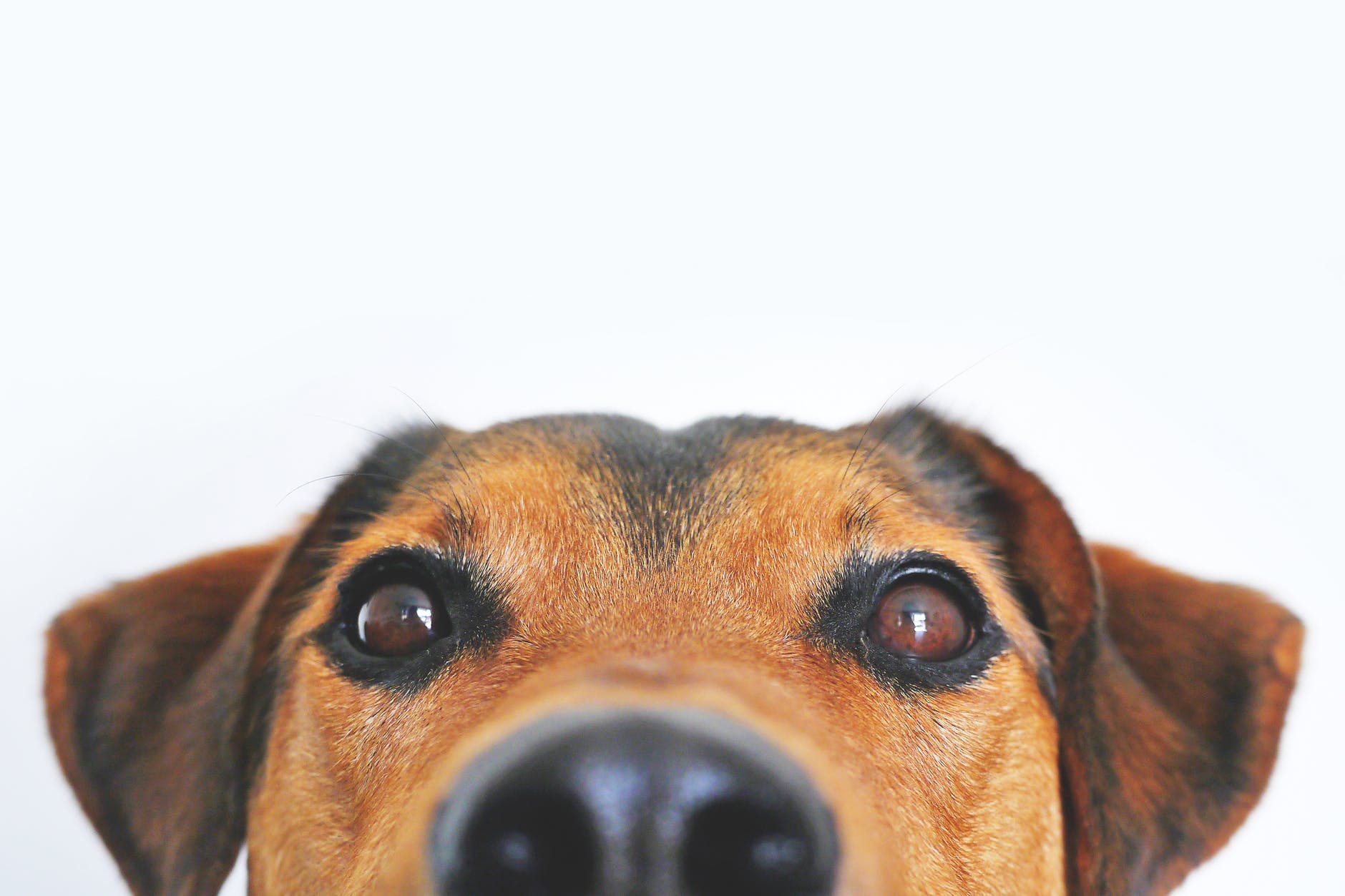
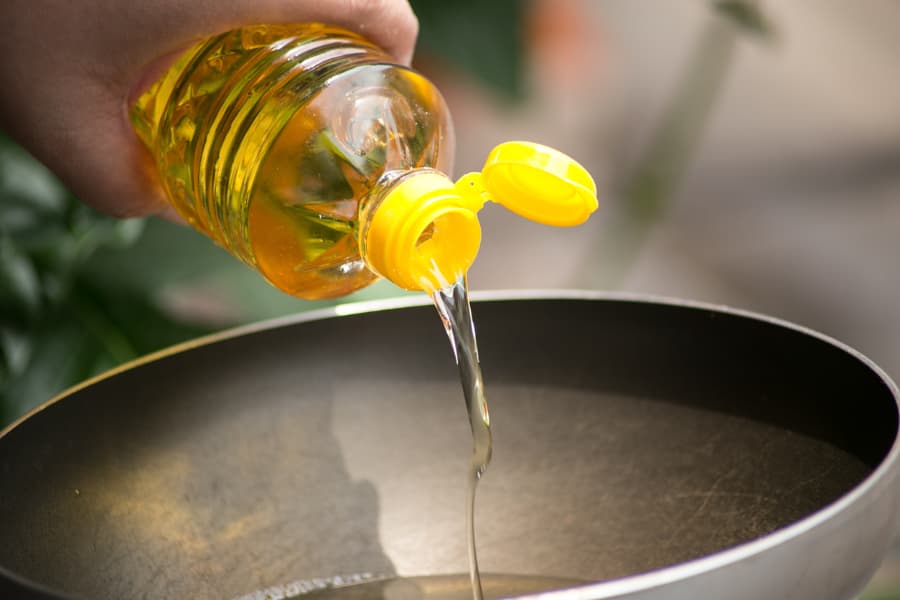
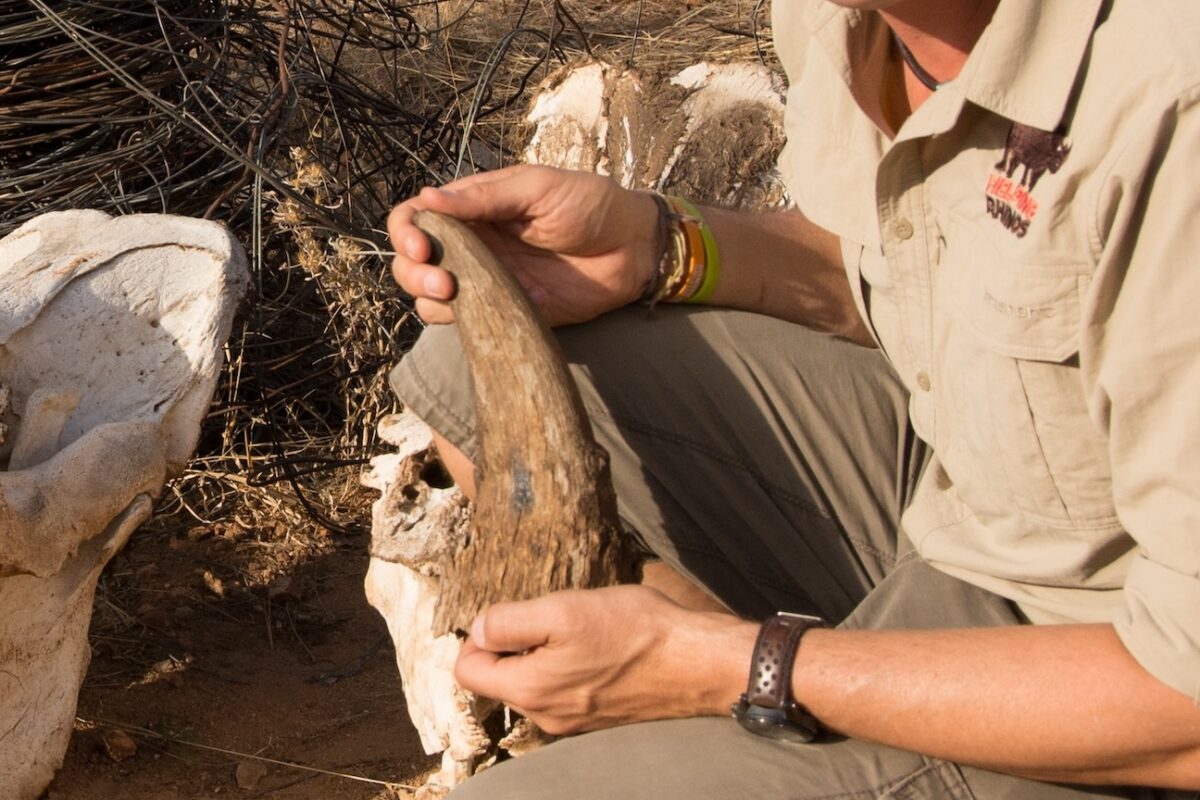
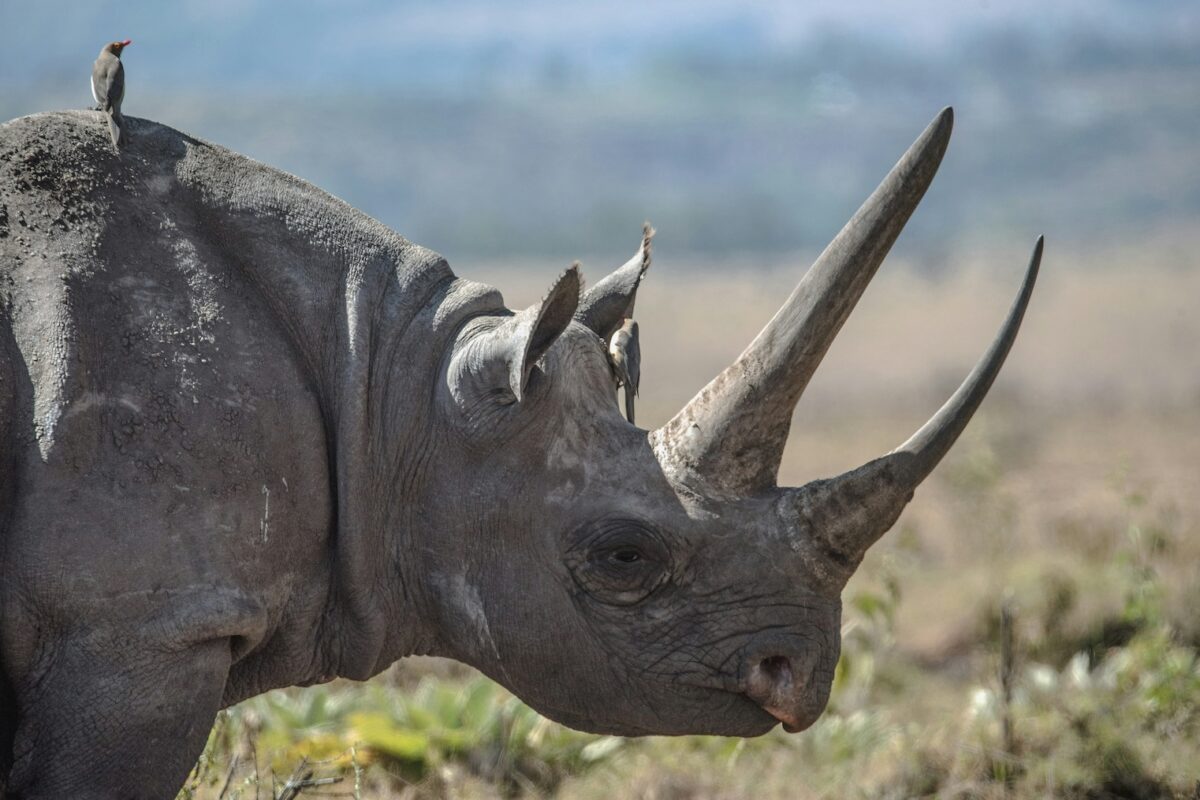
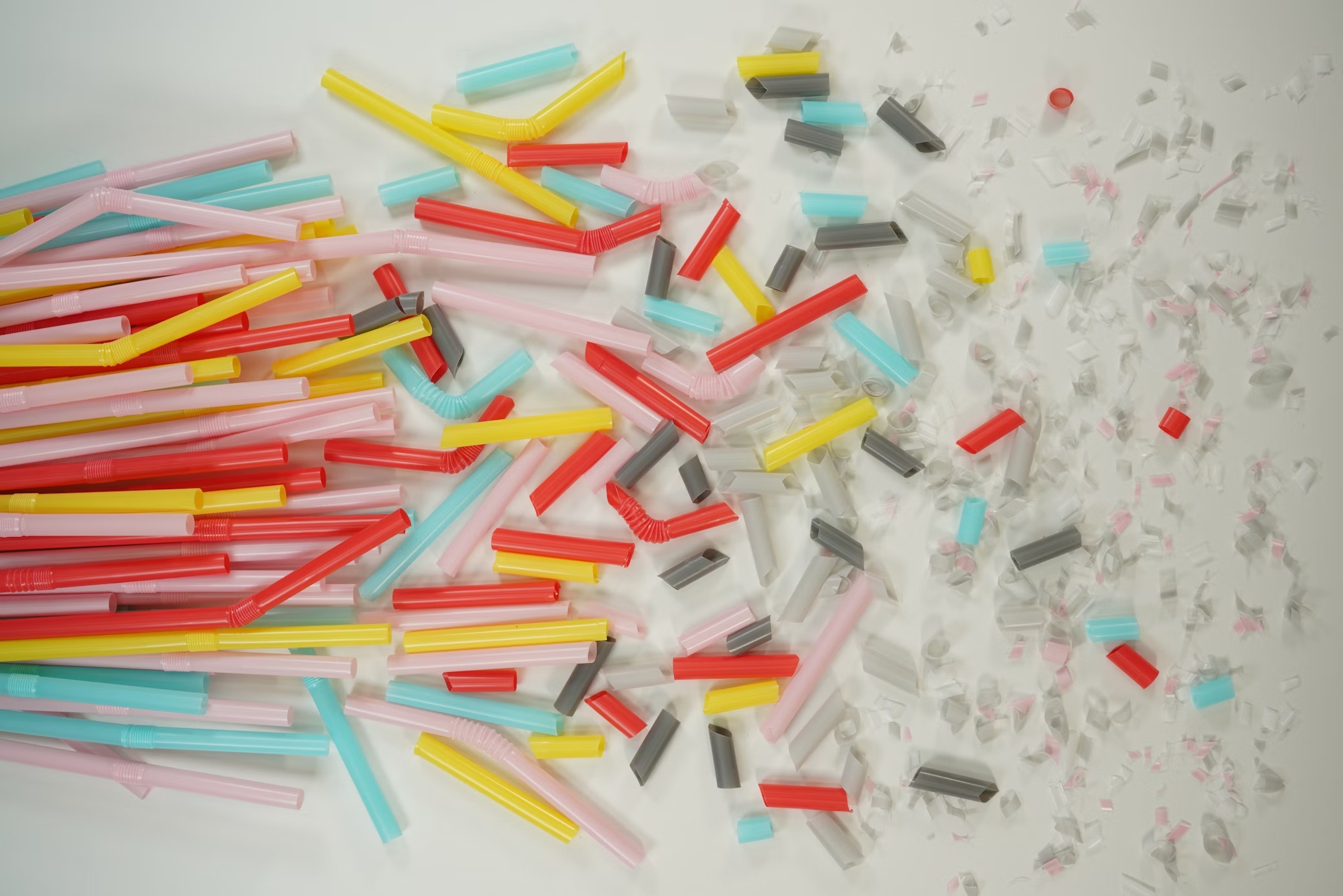
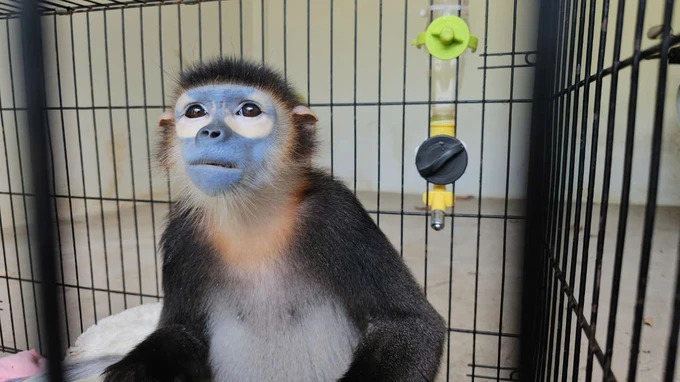
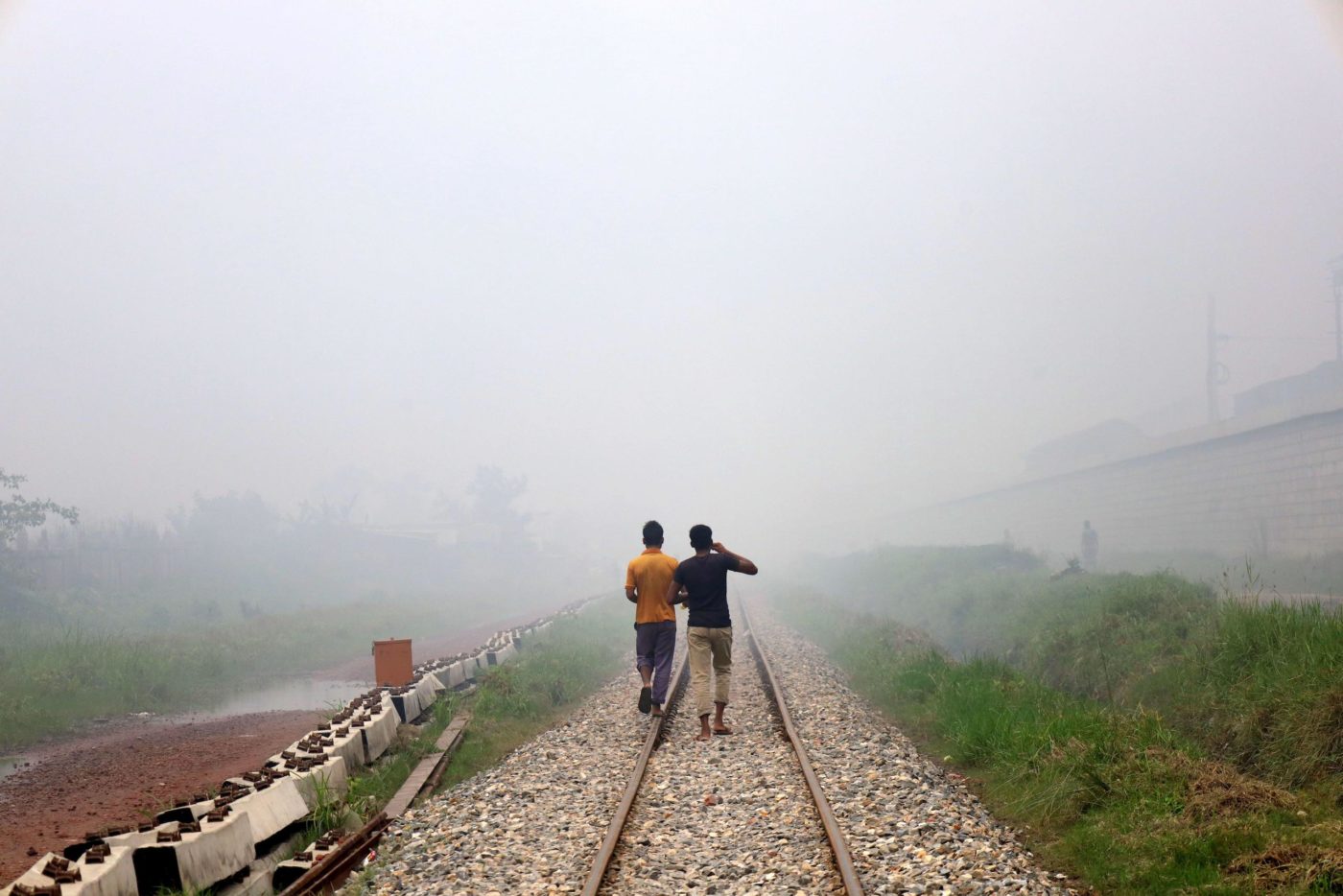
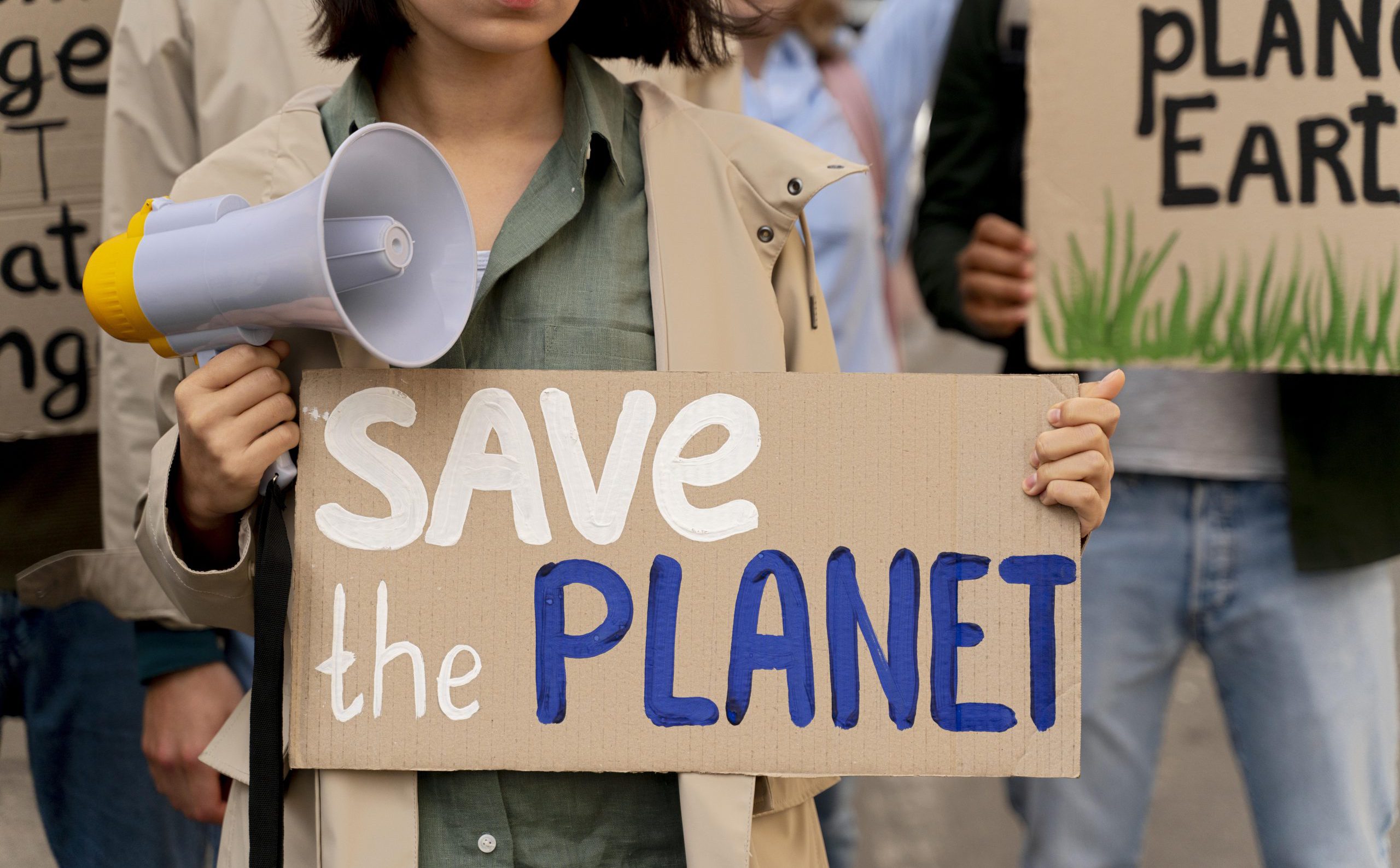
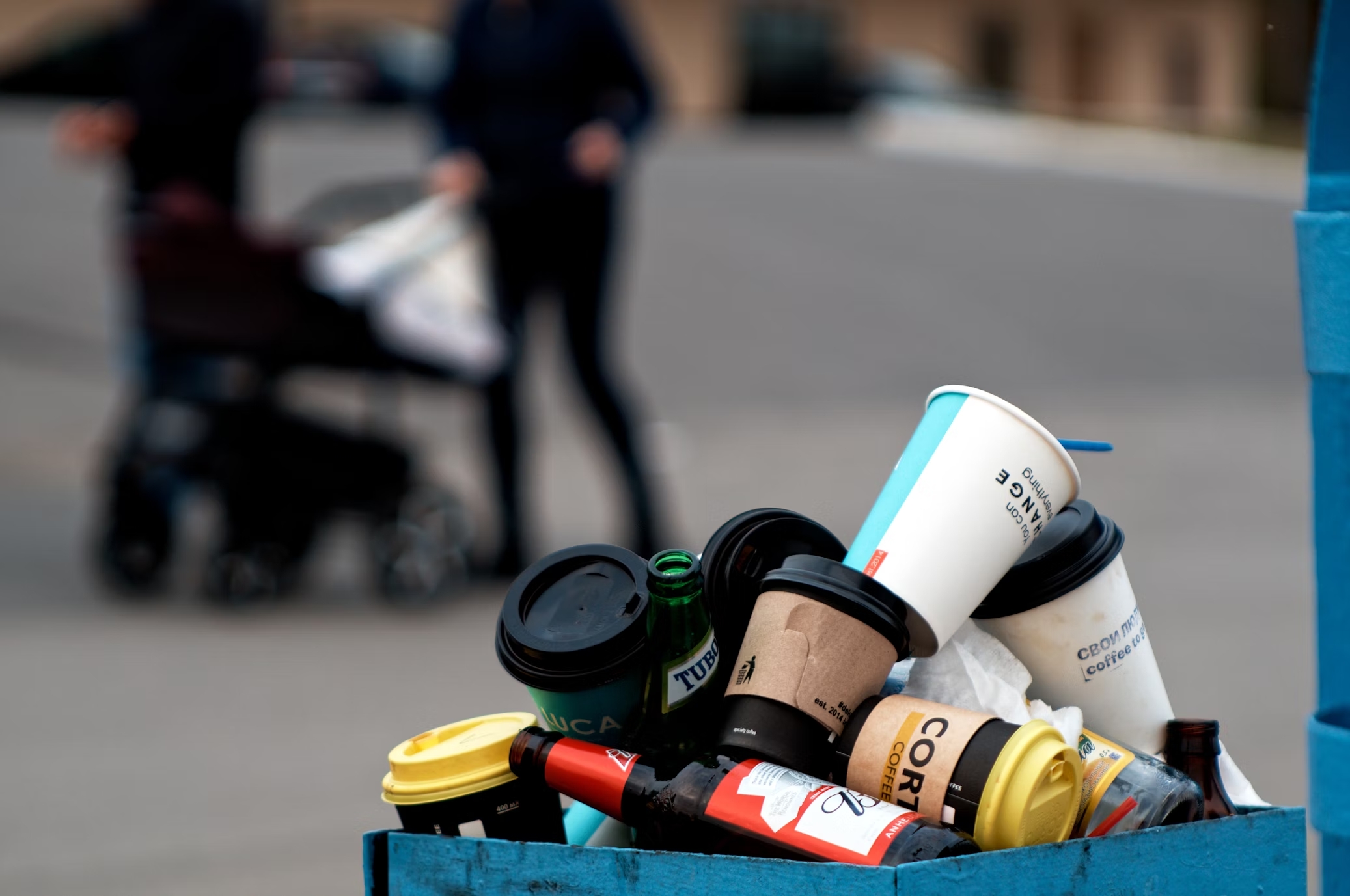

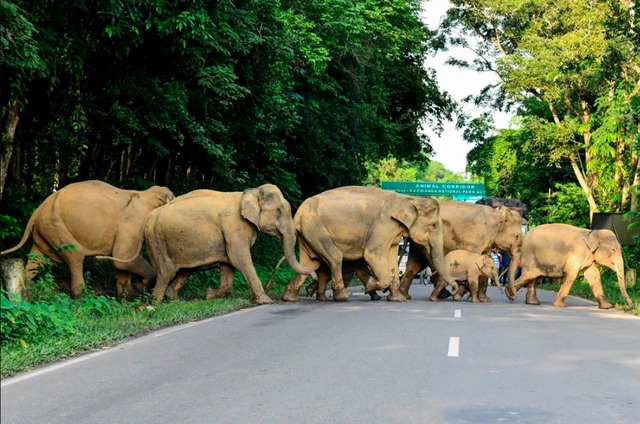

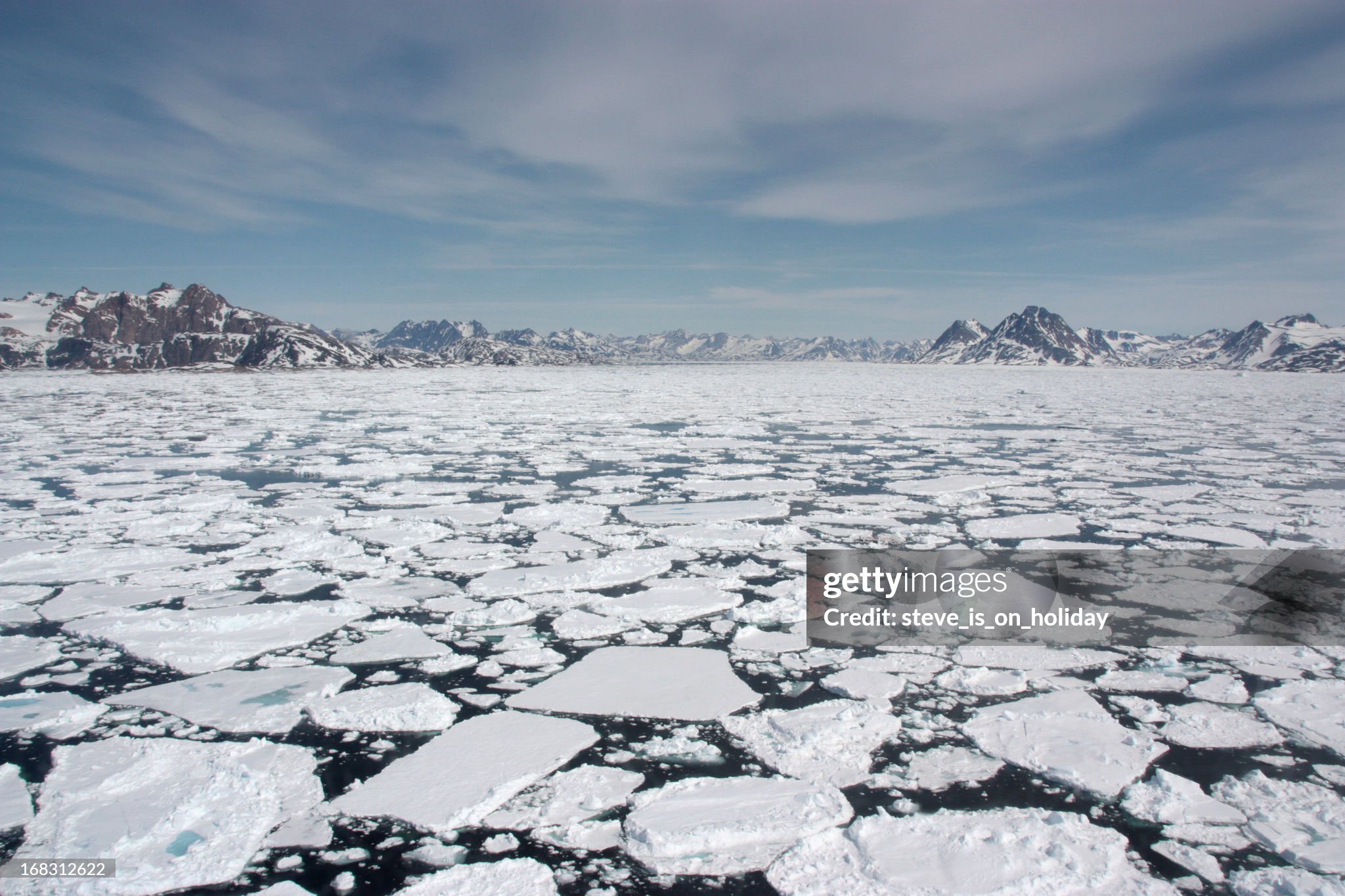

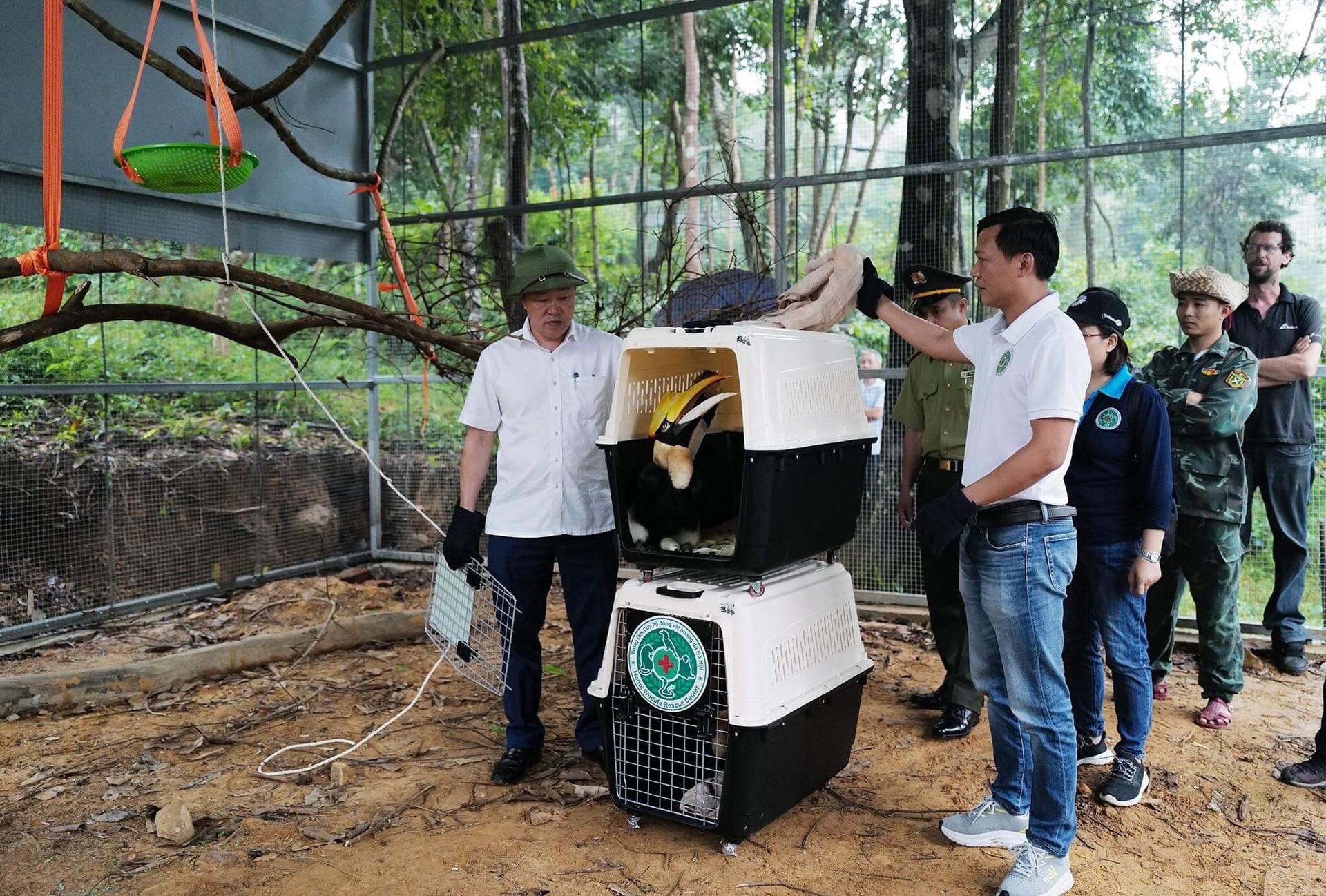
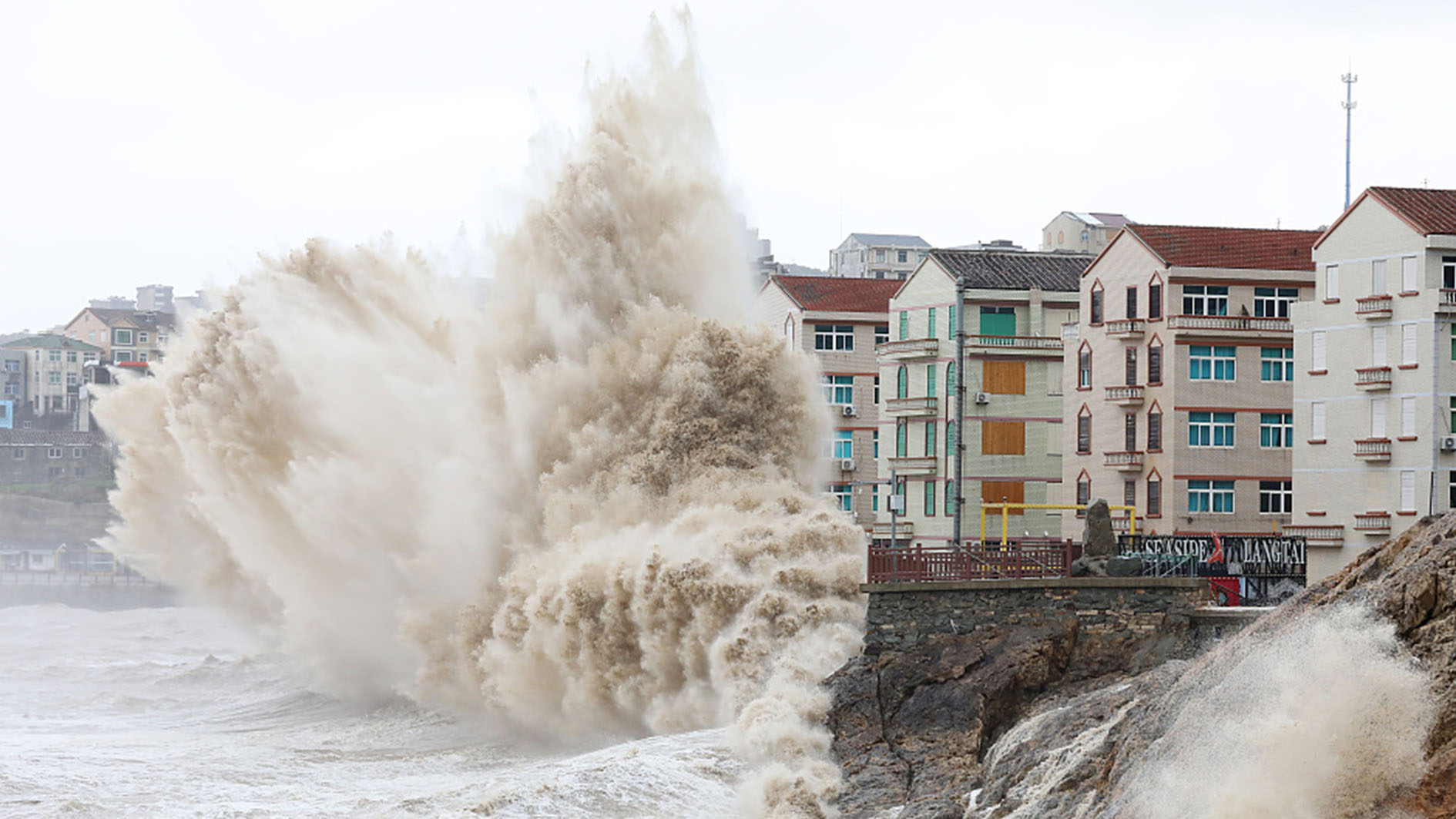
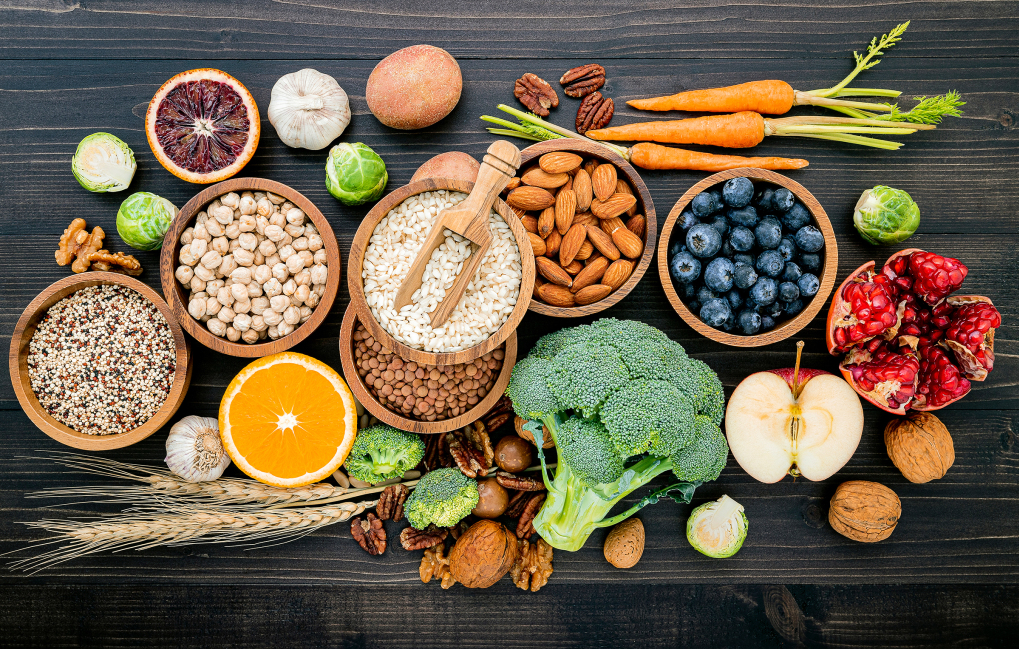
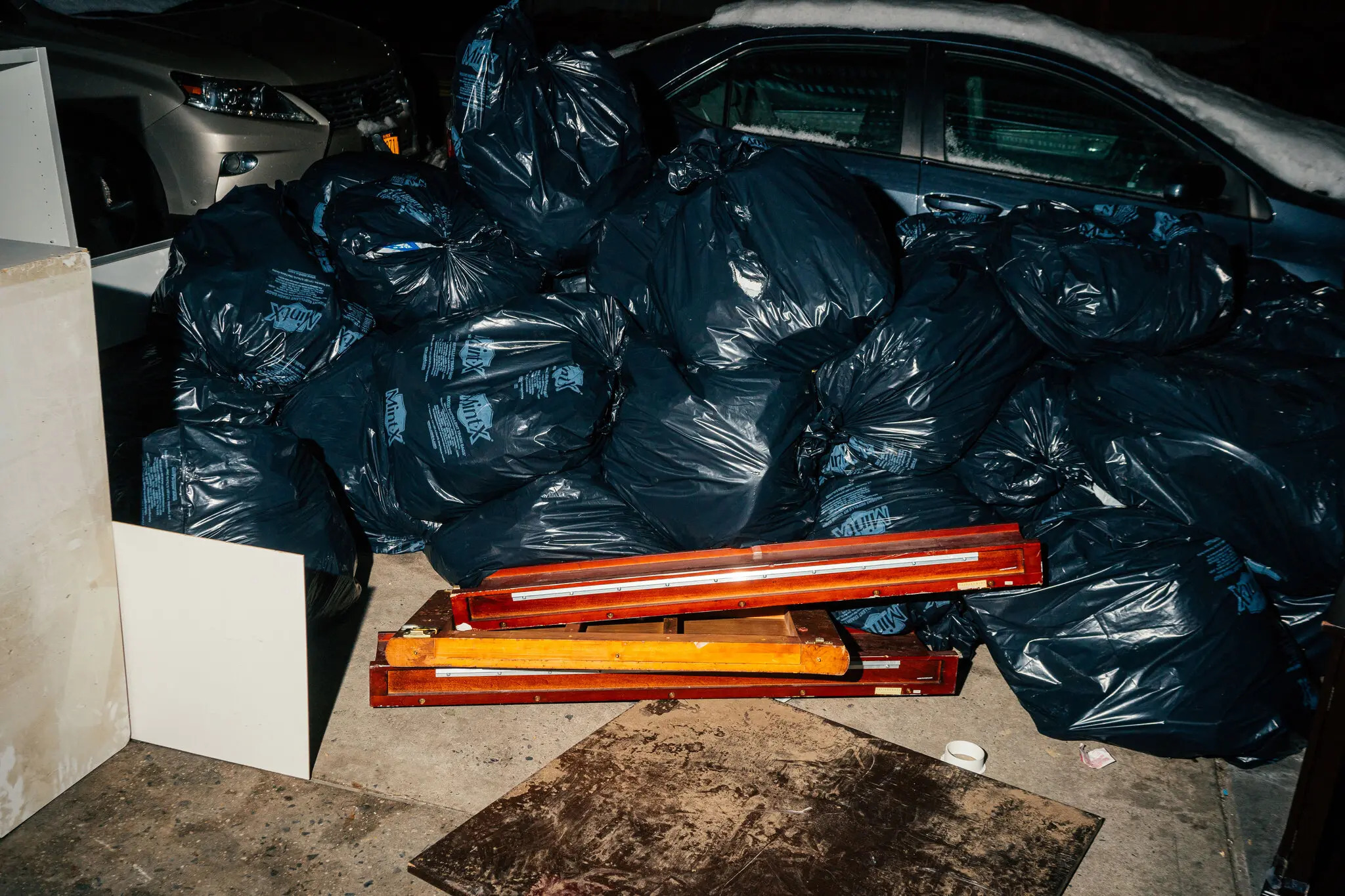
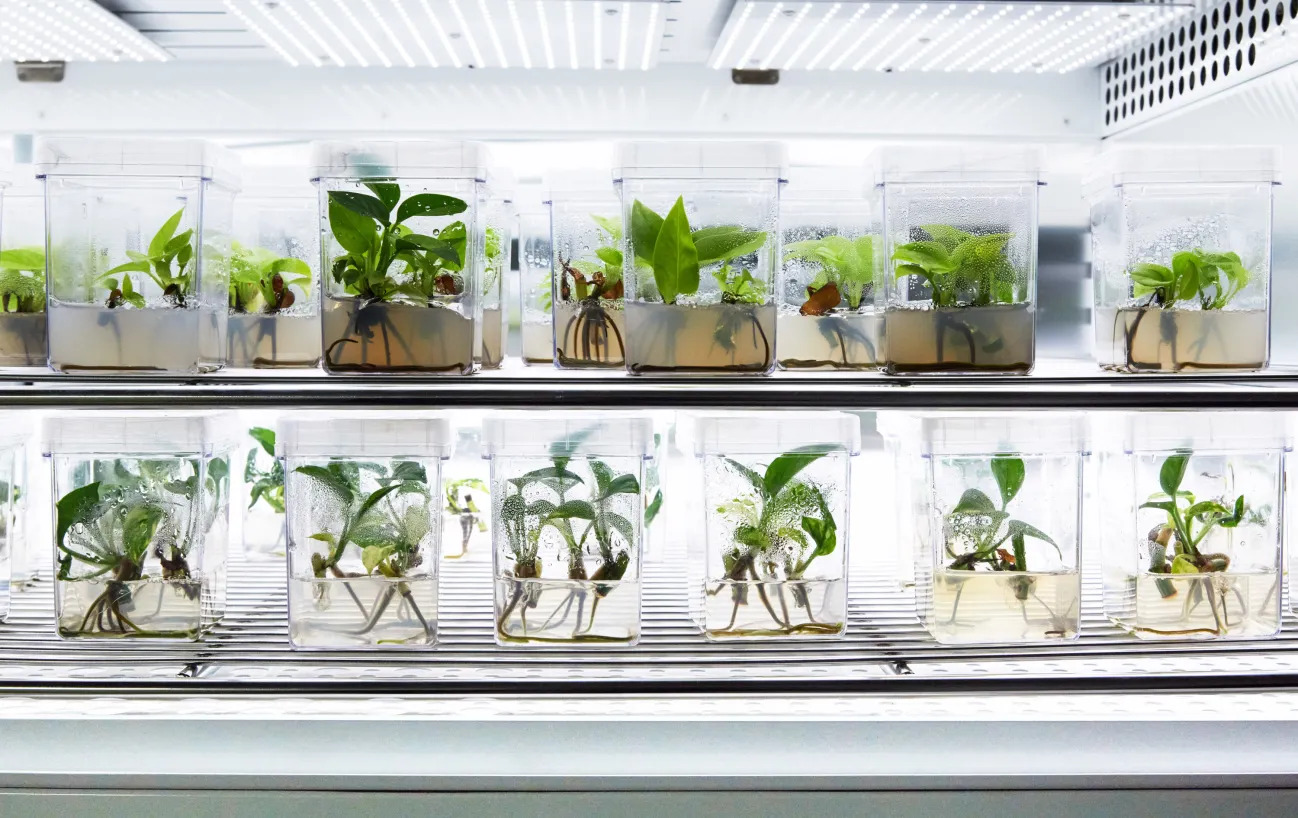
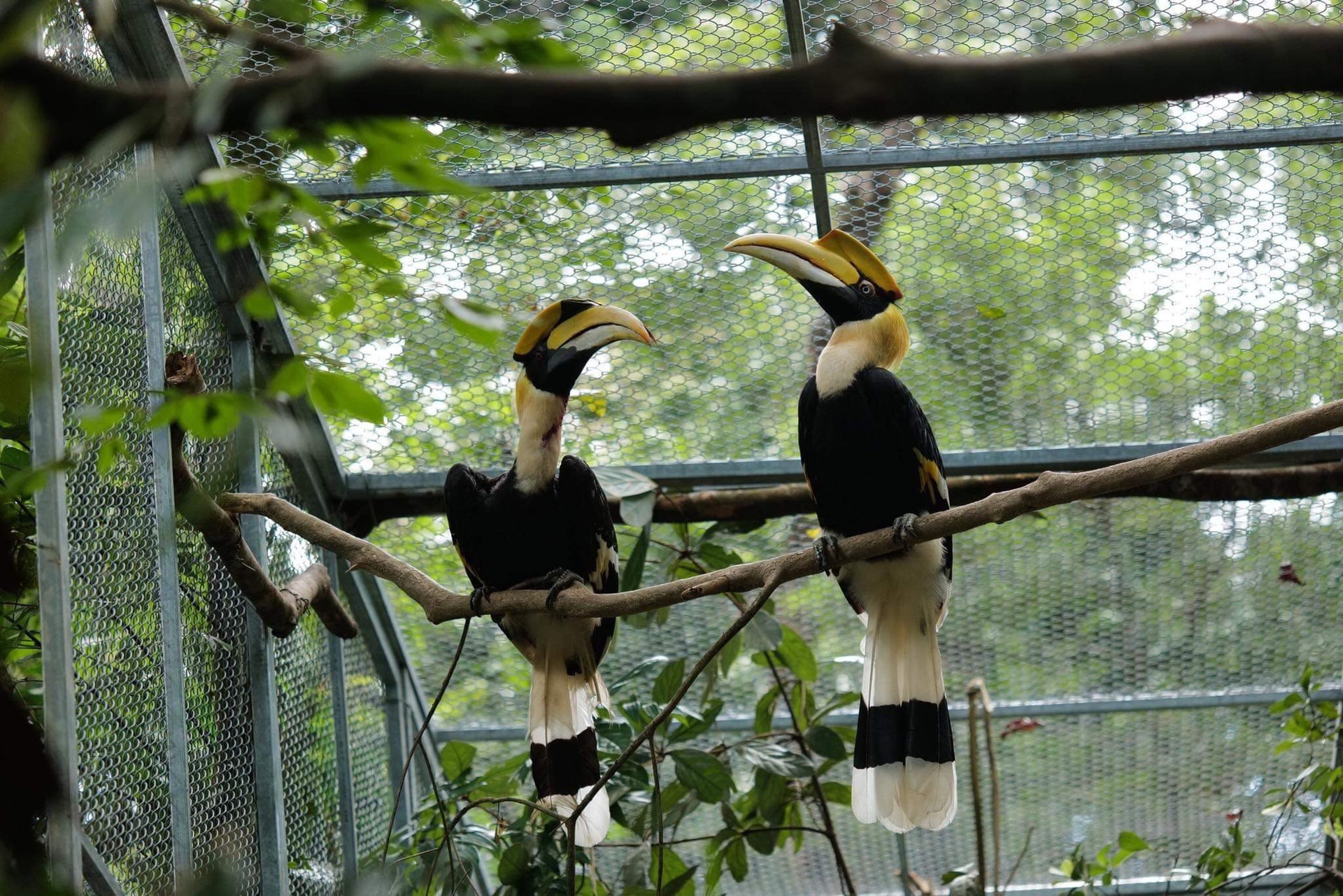
Come join us at the Plastic Rehab Camp!
Sustainable lifestyle
A sustainable lifestyle is not just a trend; it’s a crucial part of environmental protection. To minimize the negative impacts of plastic, we can adopt a green lifestyle following the 5R principle.
Refuse
Reduce
Reuse
Repurpose
Recycle
- Refuse plastic bags when shopping and bring your cloth bags. jute bags…
- Avoid buying bottled water and use a personal water bottle instead.
- Say no to single-use plastics such as straws, plastic bags, and plastic cups…
- Stop using disposable plastic utensils like knives, forks, and spoons when ordering takeout.
- Politely decline plastic-wrapped gifts or request eco-friendly alternatives.
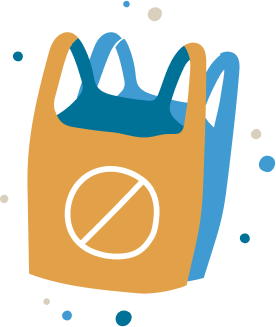
- Buy in bulk or purchase products without packaging to reduce plastic waste from individual packaging.
- Research and use environmentally friendly products such as loofah sponges, beeswax fabric,…
- Use glass containers to store cooked food instead of plastic wrap.
- Cook your own meals and drinks at home to reduce the consumption of pre-packaged food.
- Be a smart consumer and only buy what you truly need.
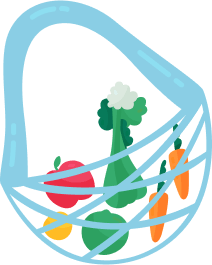
- Use reusable products instead of single-use plastic products.
- Use reusable plastic containers to store household items such as spices, dry food,…
- Reuse plastic packaging as garbage bags.
- Participate in exchange programs or secondhand markets to repurpose used plastic items.
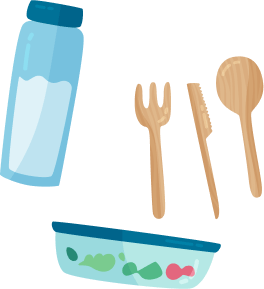
- Transform old plastic bottles into plant pots.
- Use plastic containers to store belongings, school supplies, and create toys for children.
- Turn old tires into swings, tables, chairs, and garden decorations.
- Repurpose plastic packaging and straws to make home decorations such as vases, lanterns,…
- Repurpose old plastic bags to protect shoes when it rains.
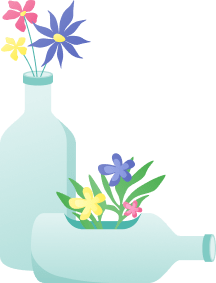
- Properly sort plastic waste for recycling (hard plastic, soft plastic, PET bottles,…).
- Clean and dry plastic items before putting them in the recycling bin.
- Use products made from recycled plastic such as garbage bags, furniture, construction materials,…
- Support local plastic waste collection and recycling programs.
- Support products made from recycled materials.
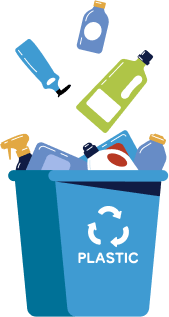
REFUSE SINGLE-USE PLASTICS!
The information page ‘Refuse Single-Use Plastics’ aims to raise awareness about the harmful impacts of plastic waste on human health and the environment.
On this page, you can sign a pledge to refuse single-use plastics and join us in protecting our environment for future generations.
If you have any creative ideas or solutions to reduce plastic waste, please share them with us at:
Email: coms@choicevn.com
SIGN THE PLEDGE
I/I pledge:
- Completely avoiding/minimizing the use of plastic bags, cups, straws, and other single-use plastic products;
- Replacing single-use plastic products with eco-friendly alternatives;
- Contribute to raising awareness and actively participate in initiatives aimed at reducing plastic waste.
Plastic pollution news
90 Rare and Precious Wildlife Species Return Home
Noise Pollution Seriously Affects EU Children
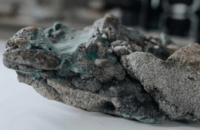 Plastic rocks are causing concern and appearing everywhere in the world
Plastic rocks are causing concern and appearing everywhere in the world“Plastic Rocks” – naturally formed rocks composed of sedimentary deposits and plastic fragments – have been discovered worldwide, raising concerns and serving as a stark reminder of humanity’s devastating impact on the environment.
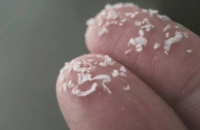 Bioplastics release nine times fewer microplastics than conventional plastics
Bioplastics release nine times fewer microplastics than conventional plasticsRecent studies have shown that plant-based plastics release significantly fewer microplastics into marine environments compared to traditional plastics, making them a potentially more environmentally friendly option. However, further research is needed to fully assess their impacts.
